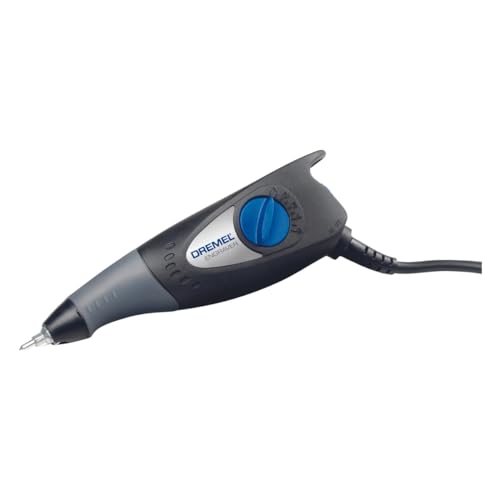You are using an out of date browser. It may not display this or other websites correctly.
You should upgrade or use an alternative browser.
You should upgrade or use an alternative browser.
Tool identification
- Thread starter Wood4me
- Start date

Help Support UKworkshop.co.uk:
This site may earn a commission from merchant affiliate
links, including eBay, Amazon, and others.
BC'er
Established Member
Can UK patents not be searched online, or is that behind a pay-wall like nearly everything else?
spent a long time on that but the 00 means its an application applied for onlyCan UK patents not be searched online, or is that behind a pay-wall like nearly everything else?
Amplidyne
Established Member
I really don't know. Looks like it's not had a hard life, or been used much. I'm guessing at some sort of specialist kit.
What I did come here to say though, is I'd ask at the Science Museum. Someone there might know.
https://collection.sciencemuseumgroup.org.uk/search/categories/hand-and-machine-tools
What I did come here to say though, is I'd ask at the Science Museum. Someone there might know.
https://collection.sciencemuseumgroup.org.uk/search/categories/hand-and-machine-tools
BC'er
Established Member
The tip is obviously replaceable and resembles a thread cutting tool for a lathe in profile. The shank and tapered tip reminds me of the taper-shanked wrenches used in steel-frame construction and other applications where the shank was used to align the holes preparatory to bolting through.
Could be this tool was intended to be used for for scraping out threads on bolts as part of that process to remove burrs on the threads which might interfere with hand threading-on of nuts; and of course dirt, grit etc. which might also.
My best guess.
Could be this tool was intended to be used for for scraping out threads on bolts as part of that process to remove burrs on the threads which might interfere with hand threading-on of nuts; and of course dirt, grit etc. which might also.
My best guess.
I agree with BC'er. my first thought was a metal cutting lathe tool. One tool that I have seen is "toothed" hand tool for cleaning threads on a lathe and this could well be something like that.
can anyone identify this specific type Overall length is 160mm
Could it be a stone mason's chisel for stone carving a bit like a mason's scutch chisel you would be able to fit different shaped inserts for whatever detail you required.
Maybe a stonemasons or sculptors carving tool ? Looks like a mini Scutch !
accipiter
Established Member
Vote number 3 for something used by a stonemason... Googled for stonemason tools and "very similar" tools came up.
stuart little
Established Member
That would be a 'thread chaser' that you are referring to.I agree with BC'er. my first thought was a metal cutting lathe tool. One tool that I have seen is "toothed" hand tool for cleaning threads on a lathe and this could well be something like that.
Amplidyne
Established Member
Doesn't look like any single point thread cutting tool or thread chaser I've ever seen.
And why the hex handle if it is? Lathe tools are normally square to fit in the tool post.
It's a hand tool surely.
And why the hex handle if it is? Lathe tools are normally square to fit in the tool post.
It's a hand tool surely.
niall Y
Established Member
The main body is similar to the stone masons chisels, which usually come with two options at the striking end. One is mushroomed over, for use with a wooden mallet. The other - which this looks to be like- is tapered for striking with a soft iron mallet. Though I note that there does not appear to be any telltale evidence of wear, from it being struck repeatedly.
The tips at the business end, of something like a replaceable-tip, scutch, have a ridge along them that stops the tips being jammed into the cleft of the chisel body, which would make them difficult to extract. This also allows for the tips to be double ended which the tip of the tool in question does not seem to be.
These observations would lead me to doubt that it was used for working stone.
The tips at the business end, of something like a replaceable-tip, scutch, have a ridge along them that stops the tips being jammed into the cleft of the chisel body, which would make them difficult to extract. This also allows for the tips to be double ended which the tip of the tool in question does not seem to be.
These observations would lead me to doubt that it was used for working stone.
And why the hex handle if it is?
Hexagon, octagon, potato, tomato.


















